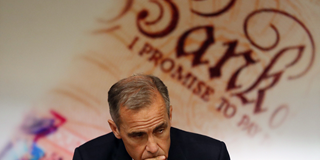The Mystery of the Missing Inflation
Since the summer of 2016, the global economy has been in a period of moderate expansion, yet inflation has yet to pick up in the advanced economies. The question that inflation-targeting central banks must confront is straightforward: why?

NEW YORK – Since the summer of 2016, the global economy has been in a period of moderate expansion, with the growth rate accelerating gradually. What has not picked up, at least in the advanced economies, is inflation. The question is why.